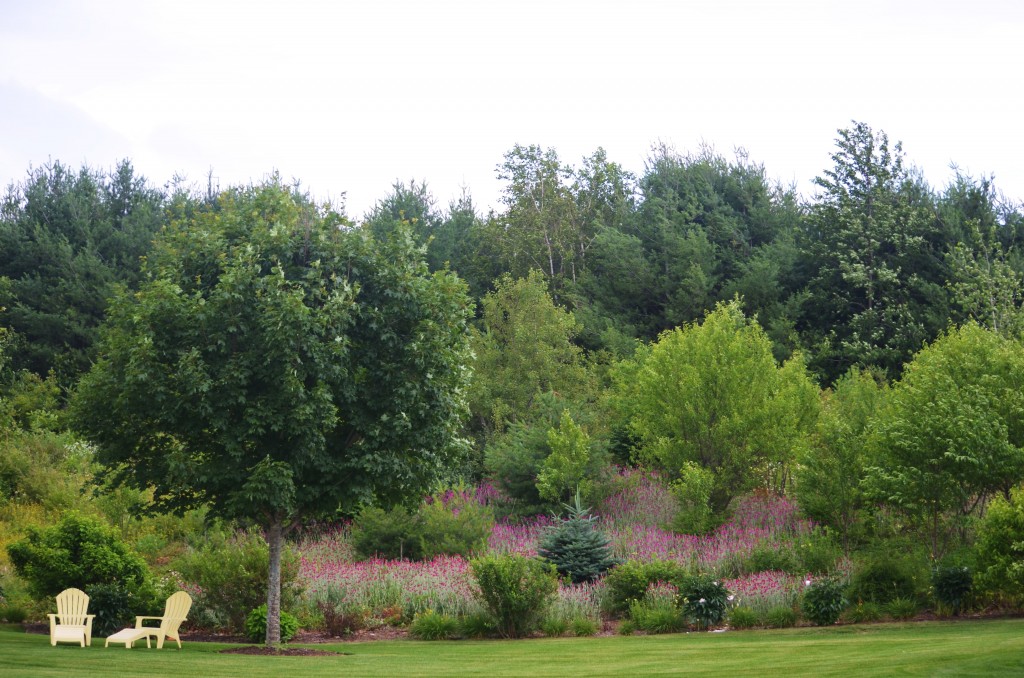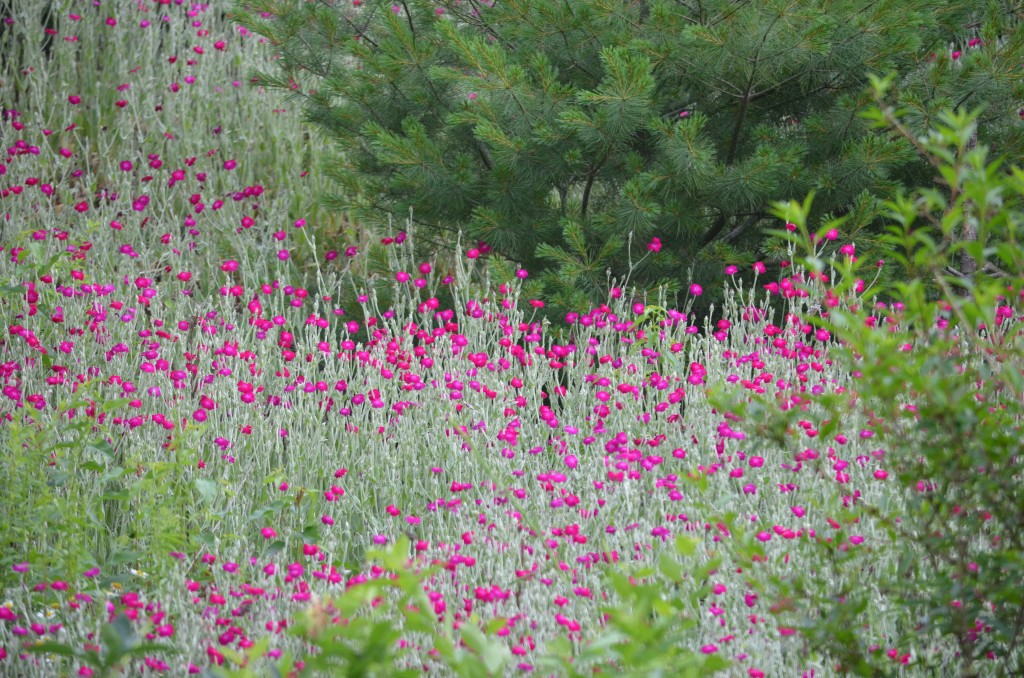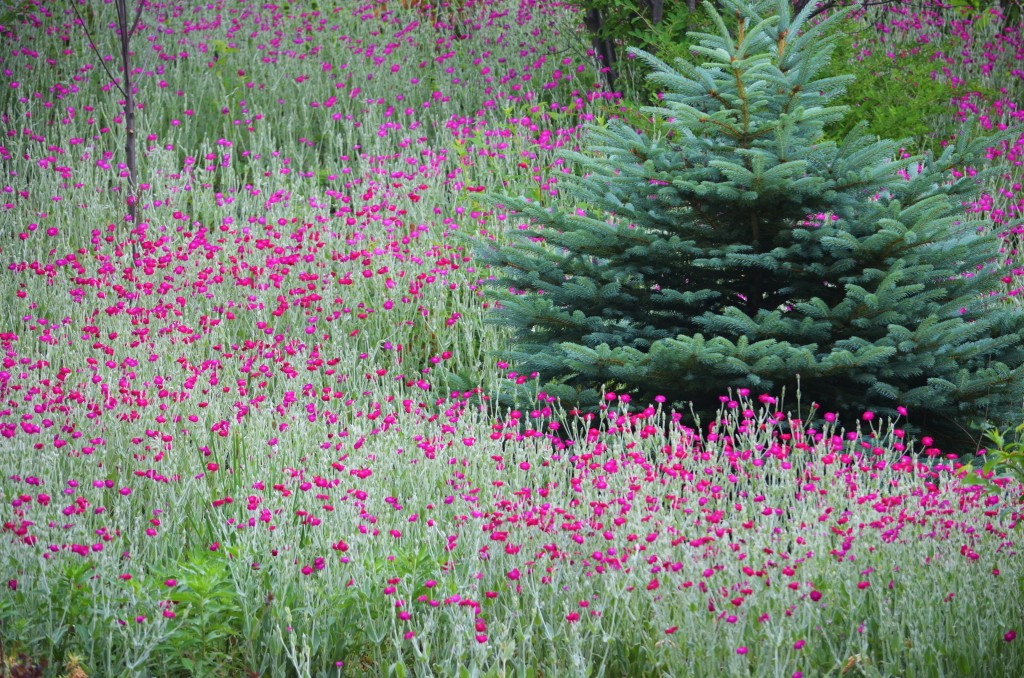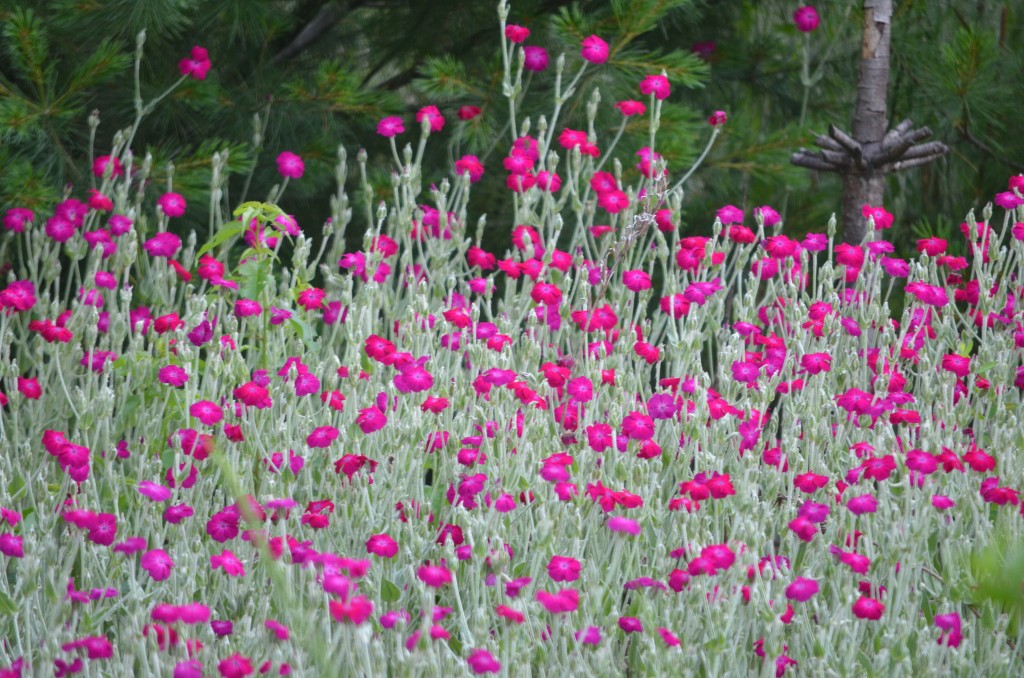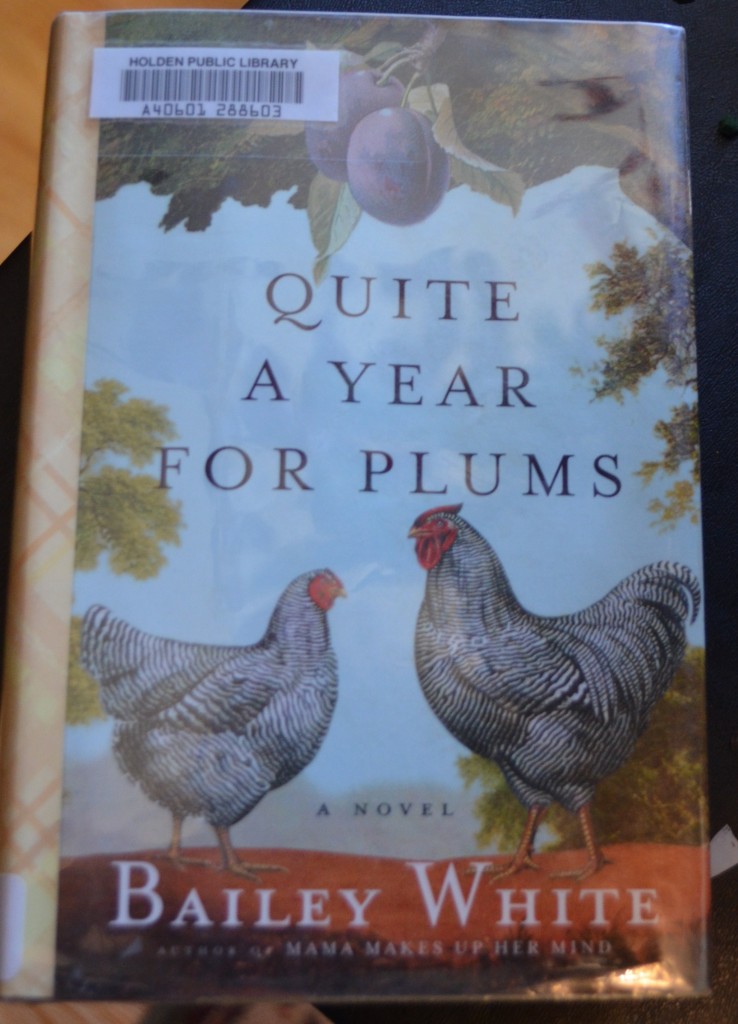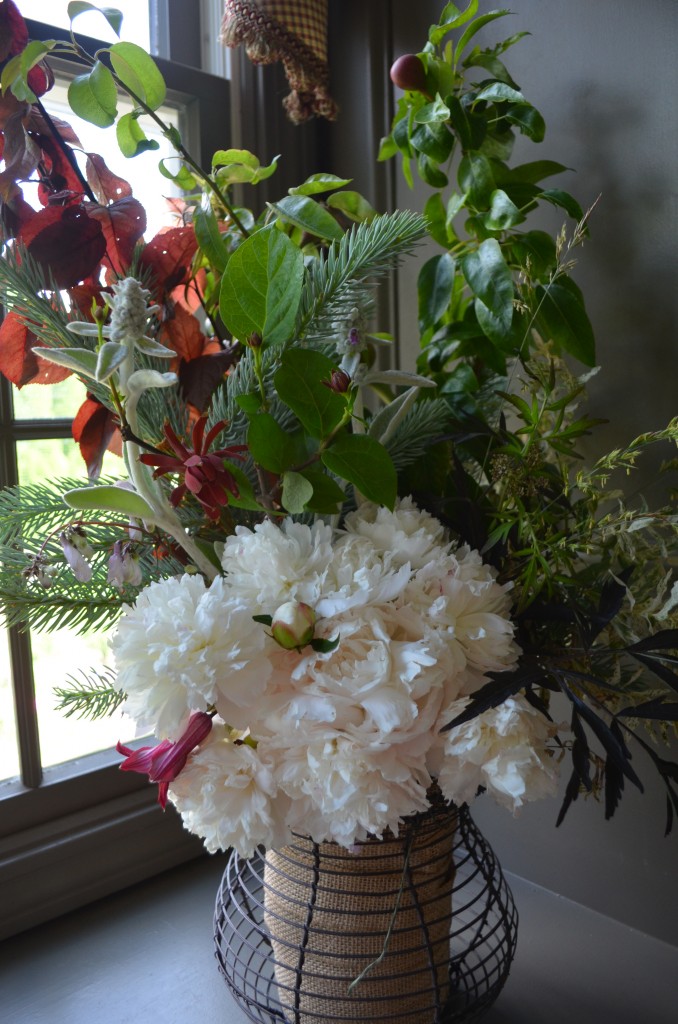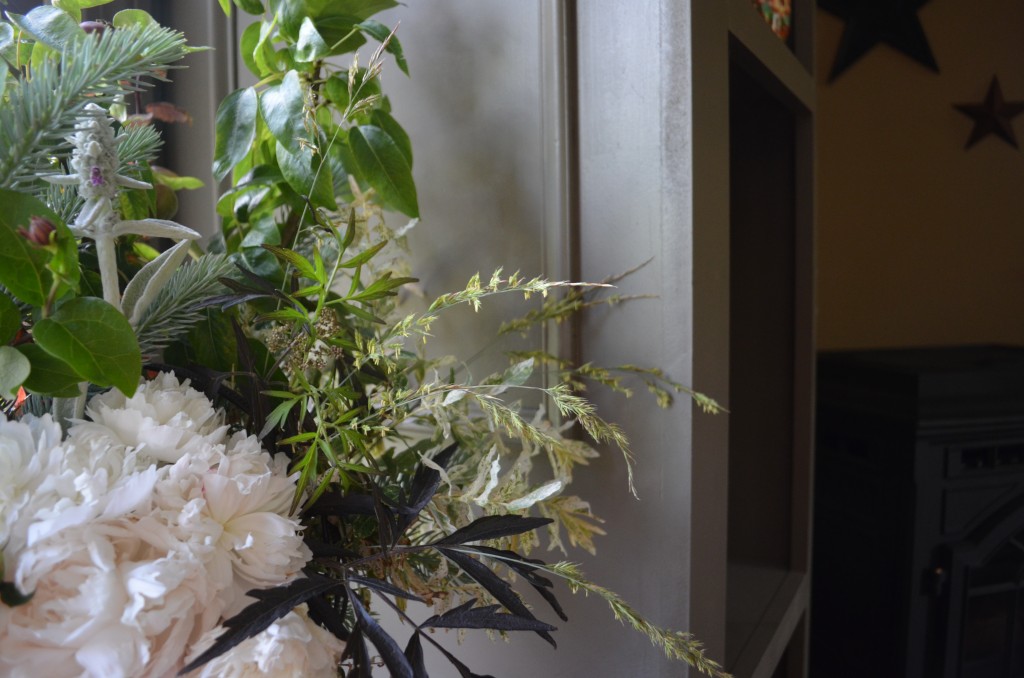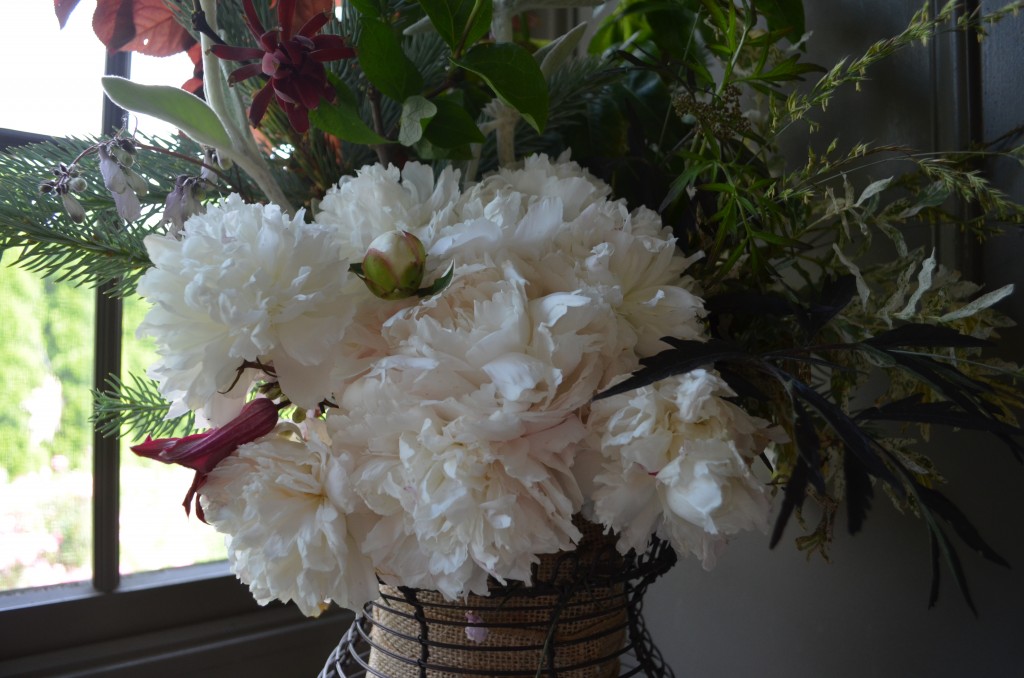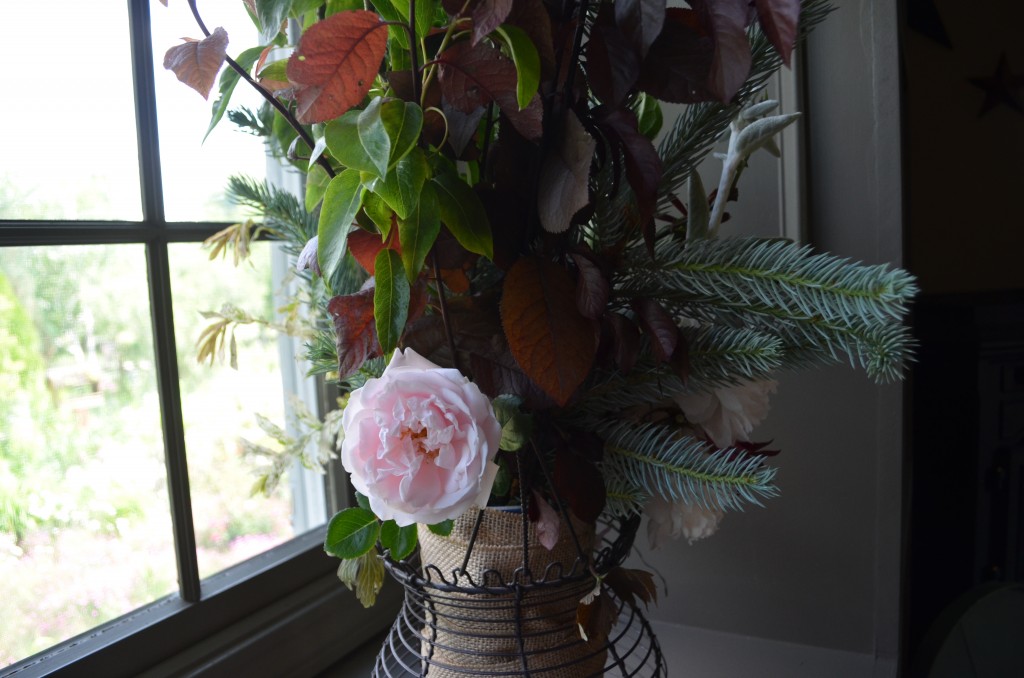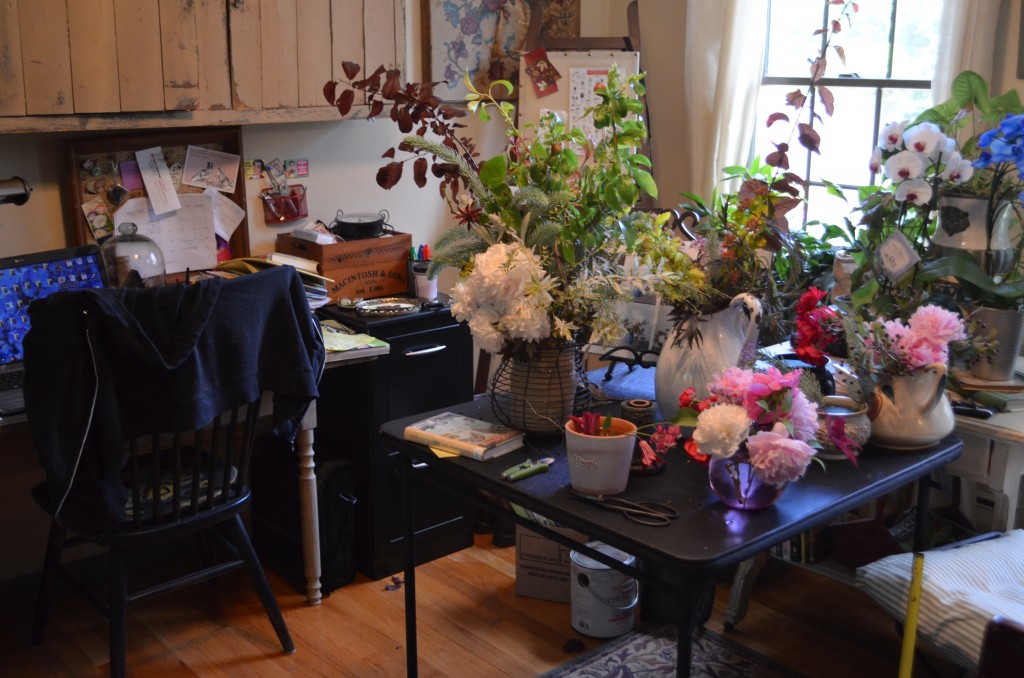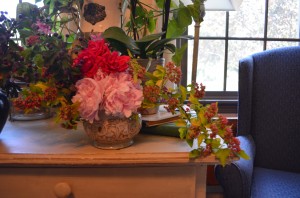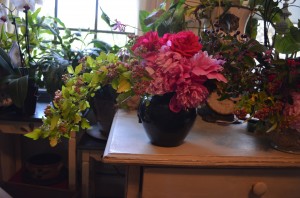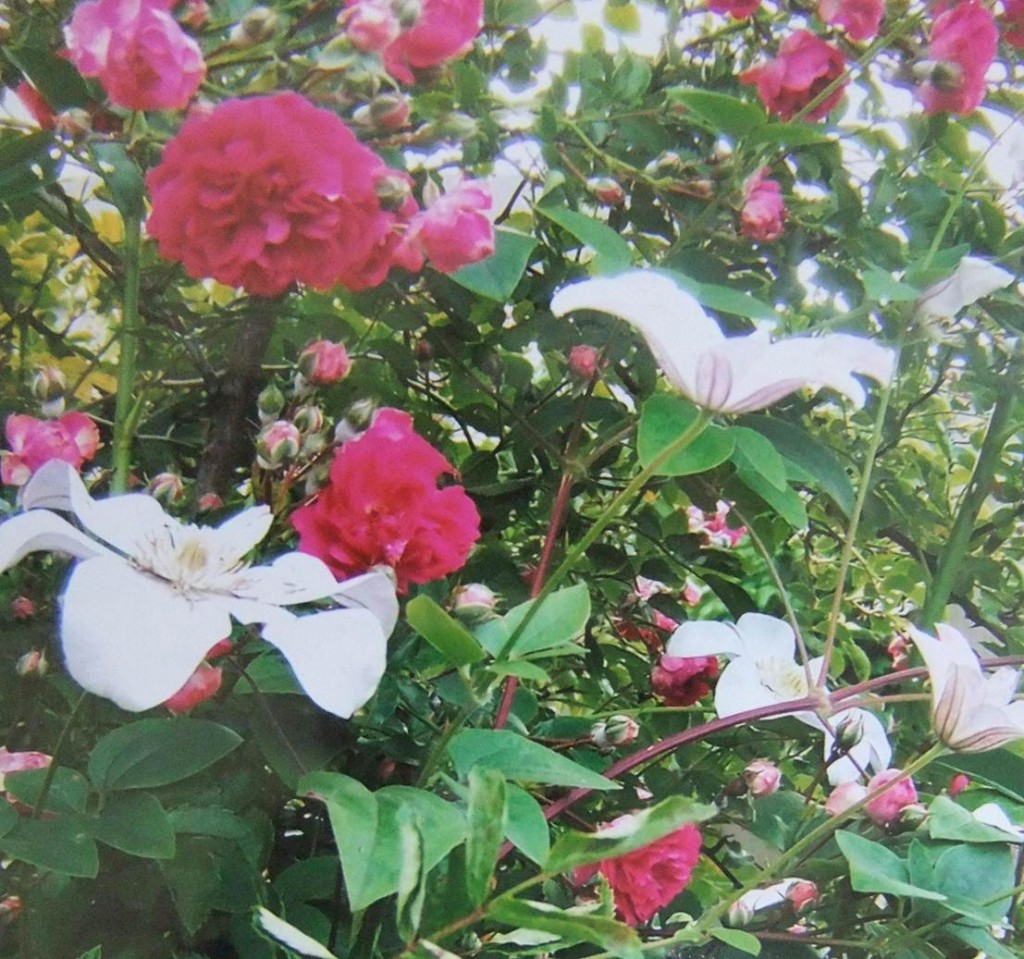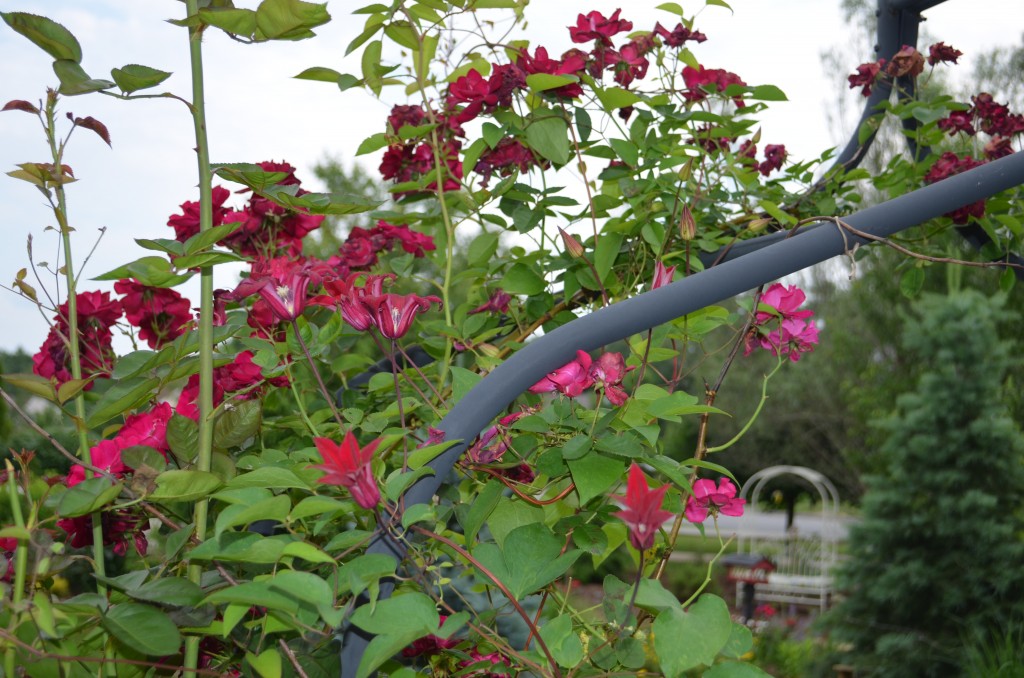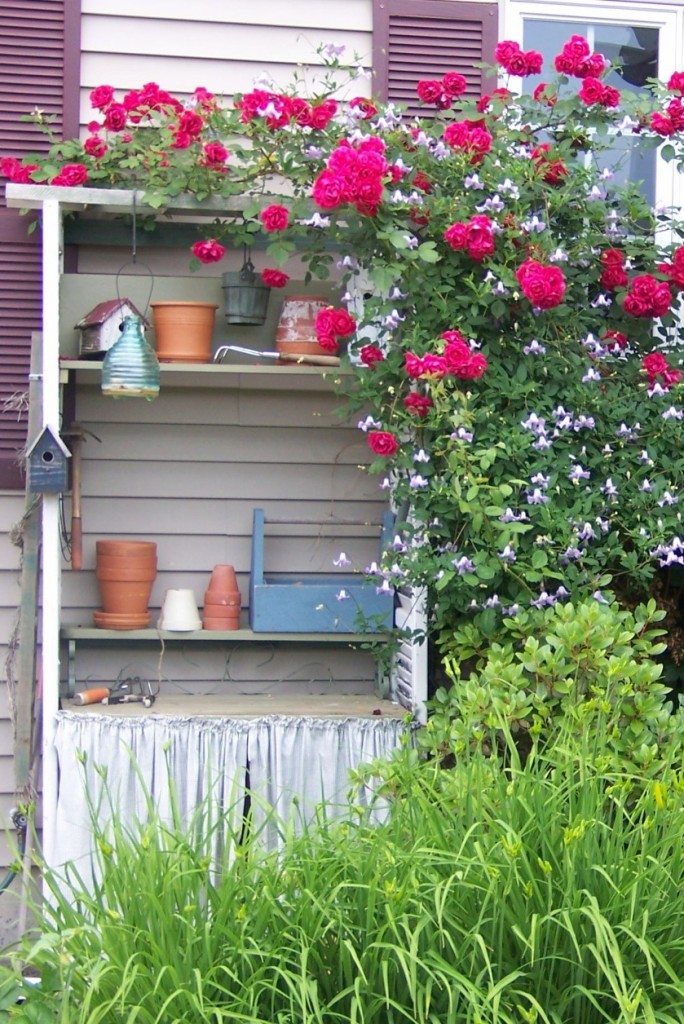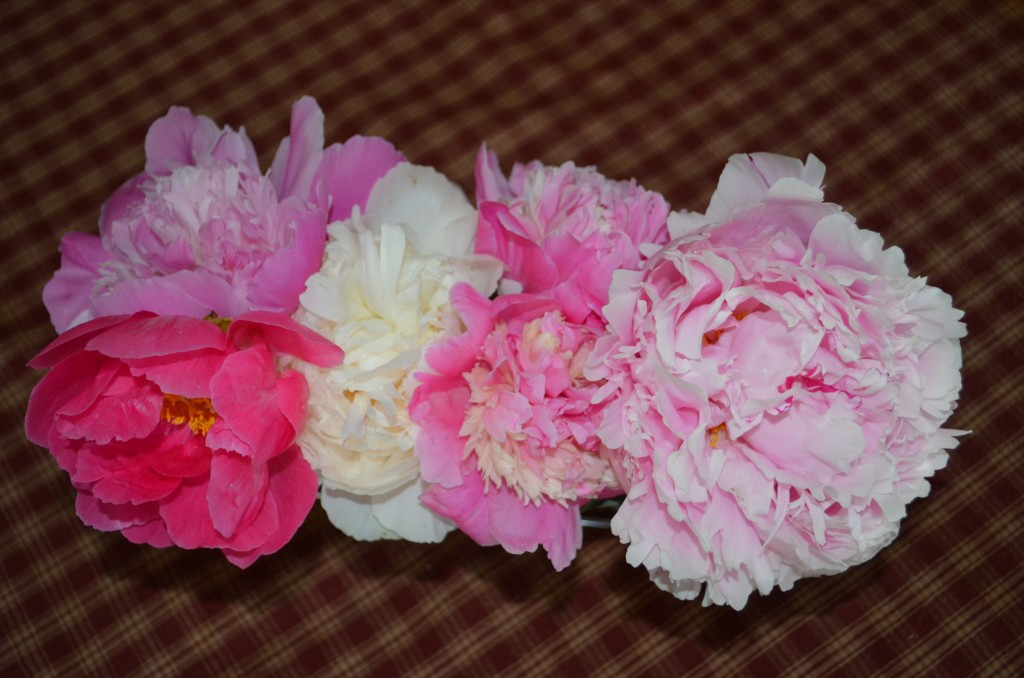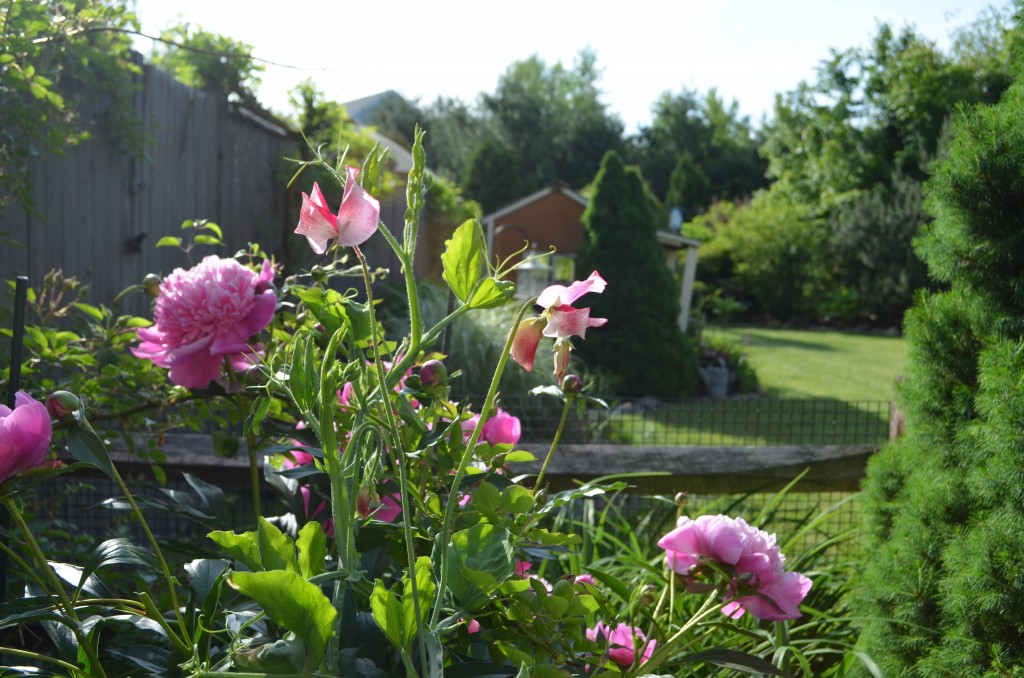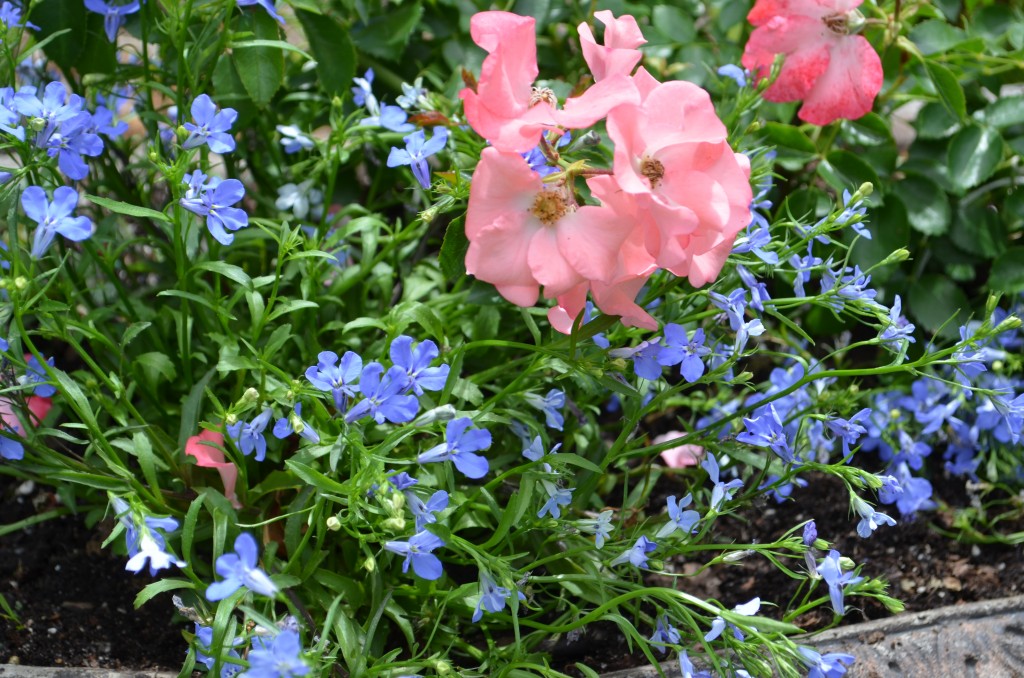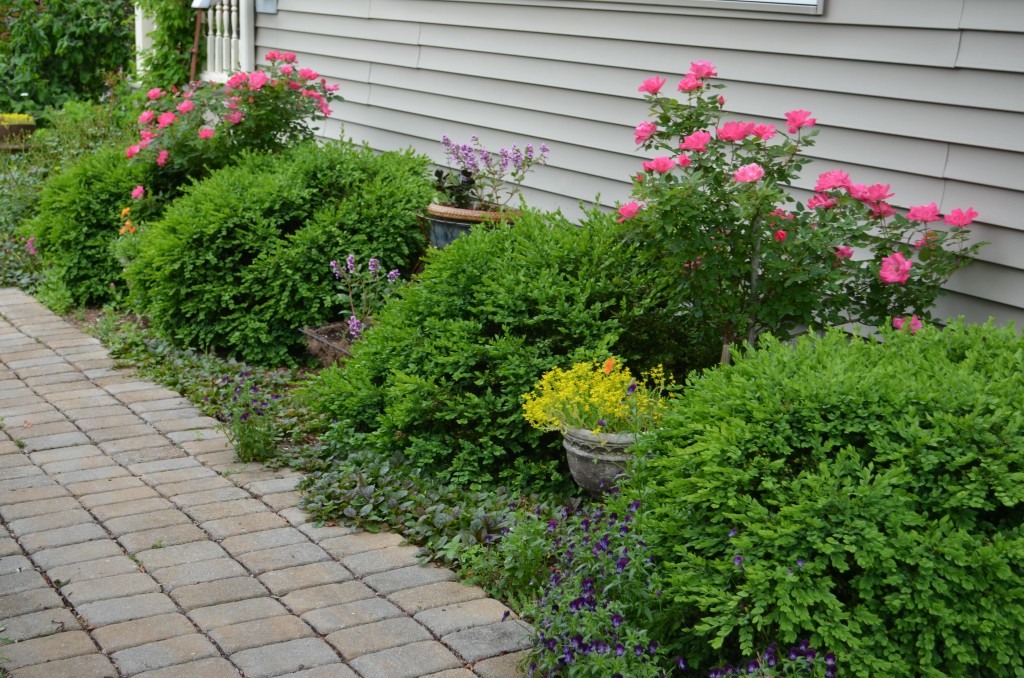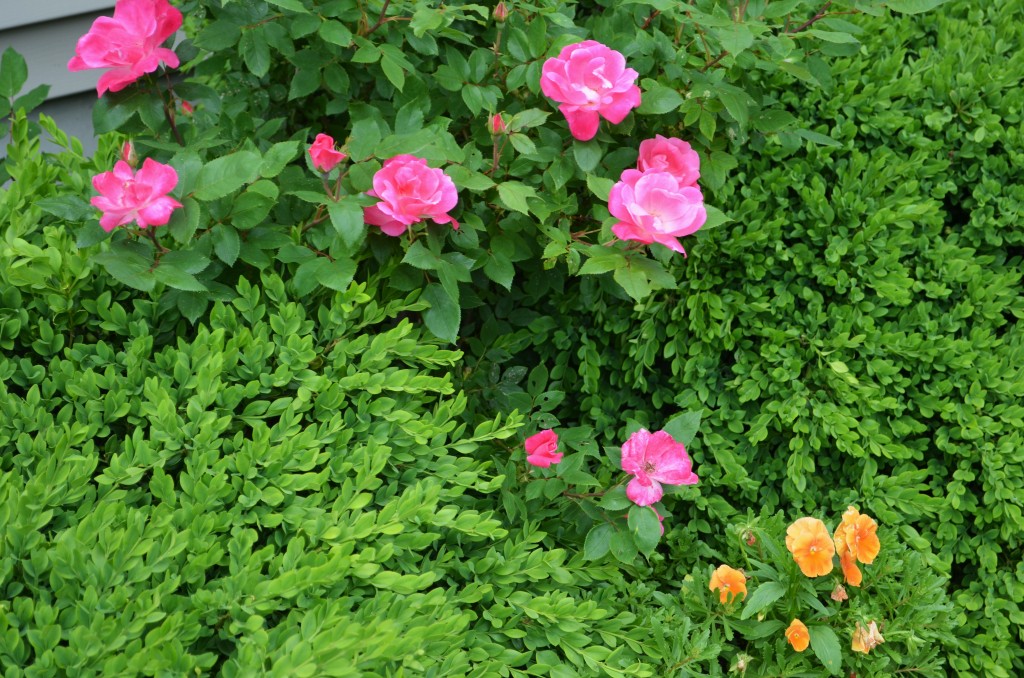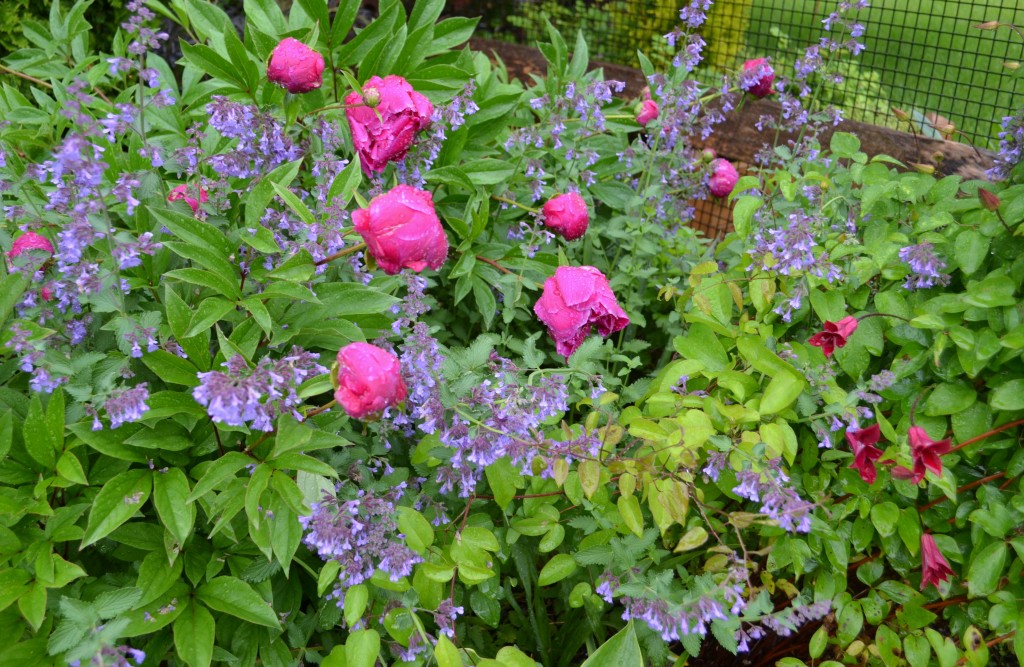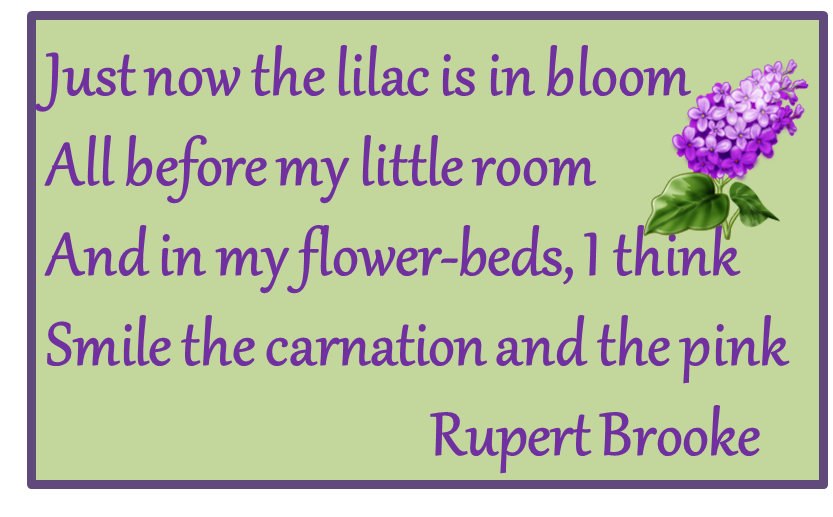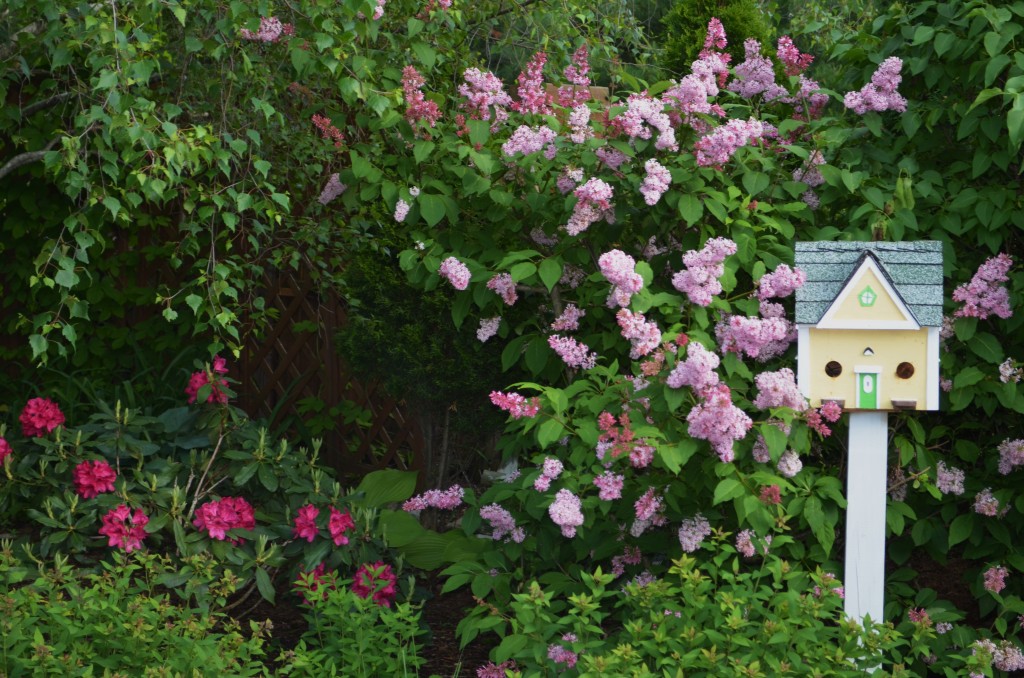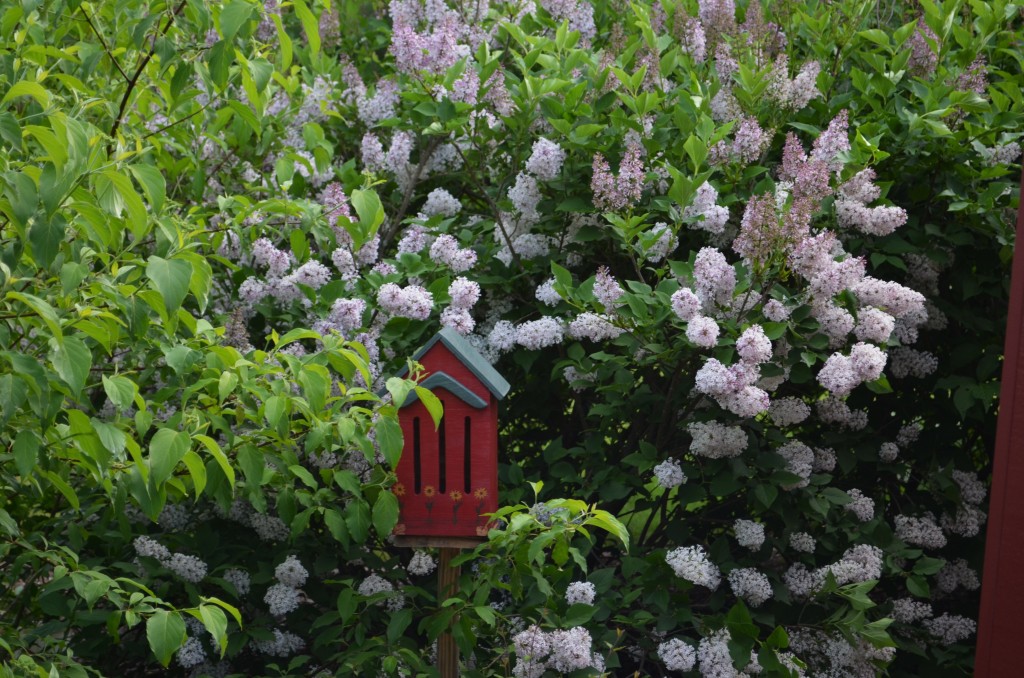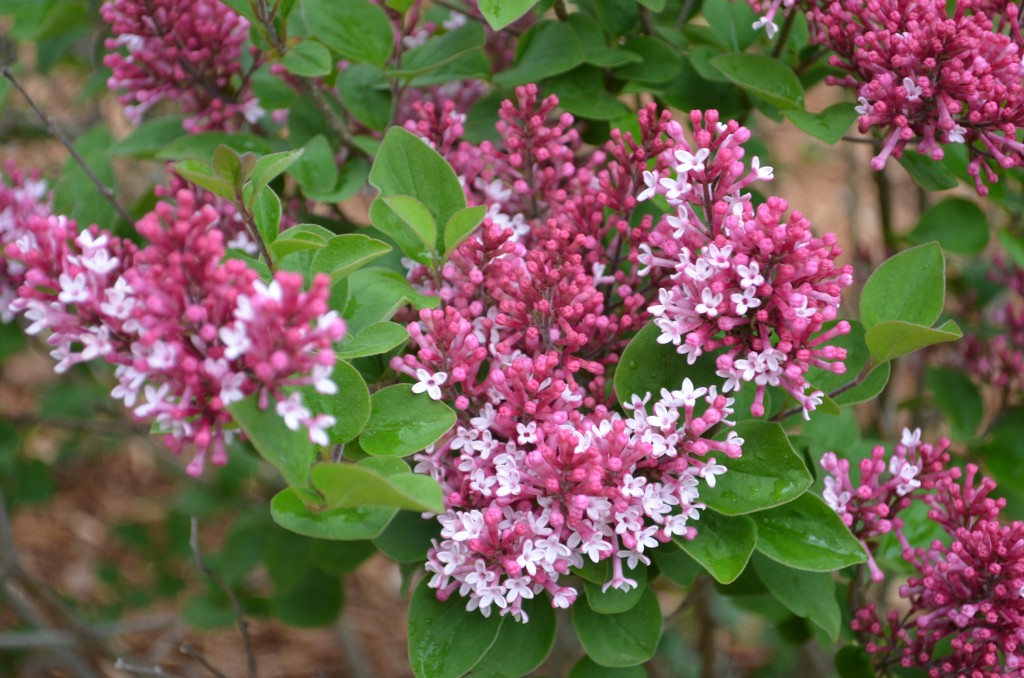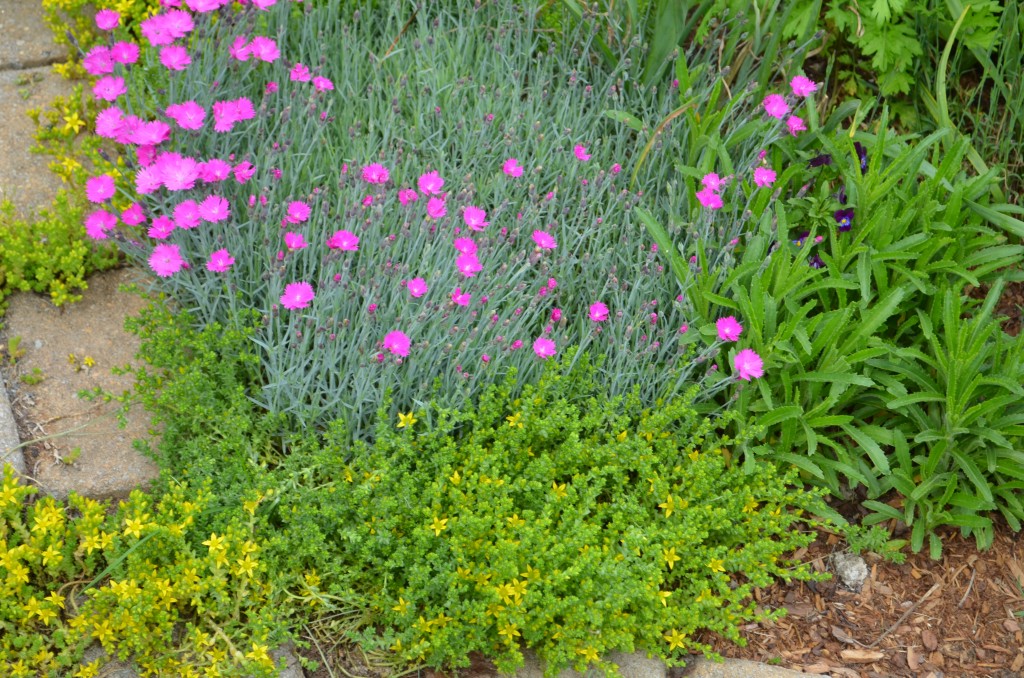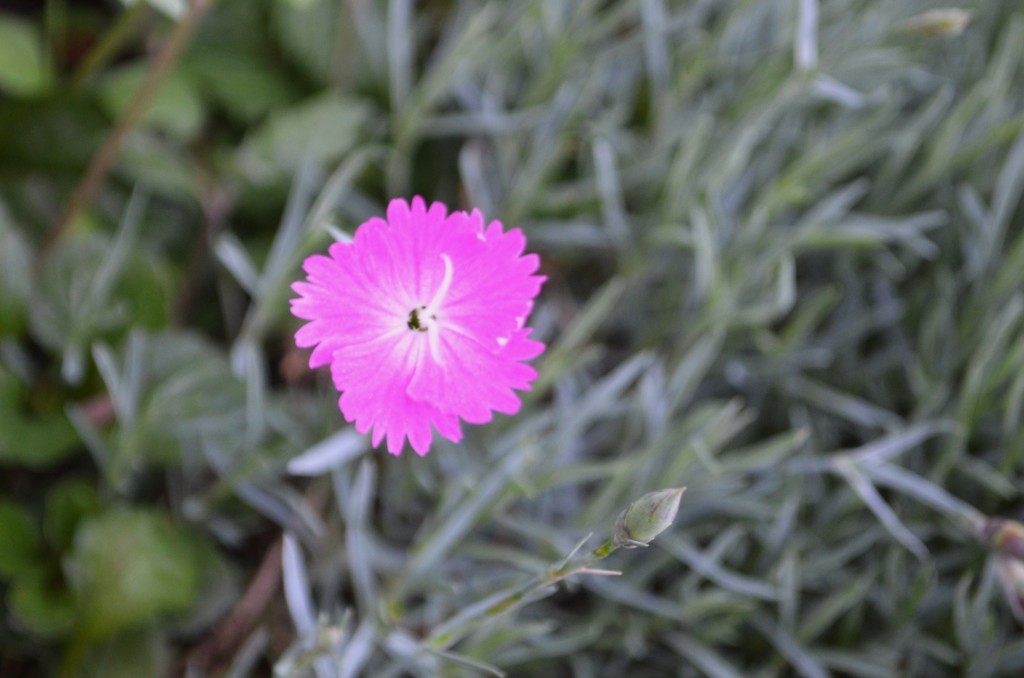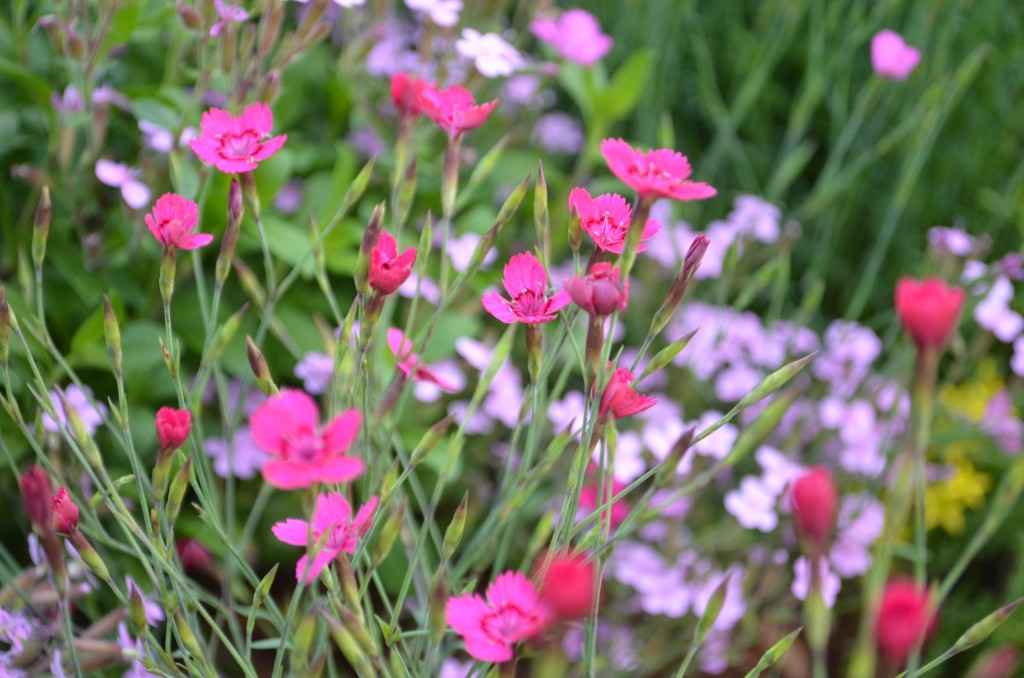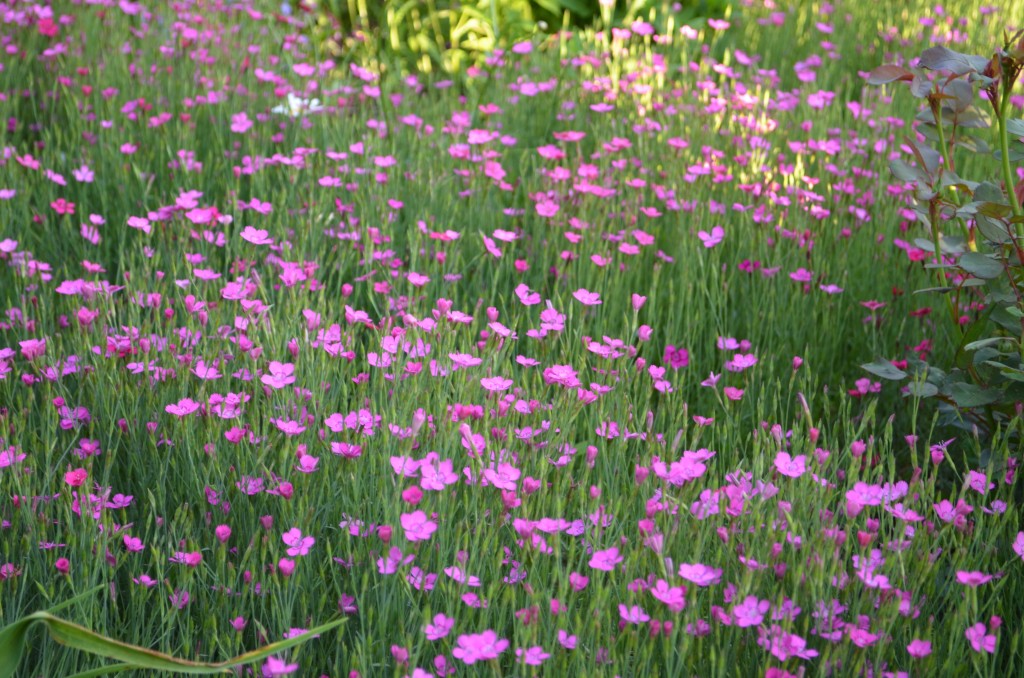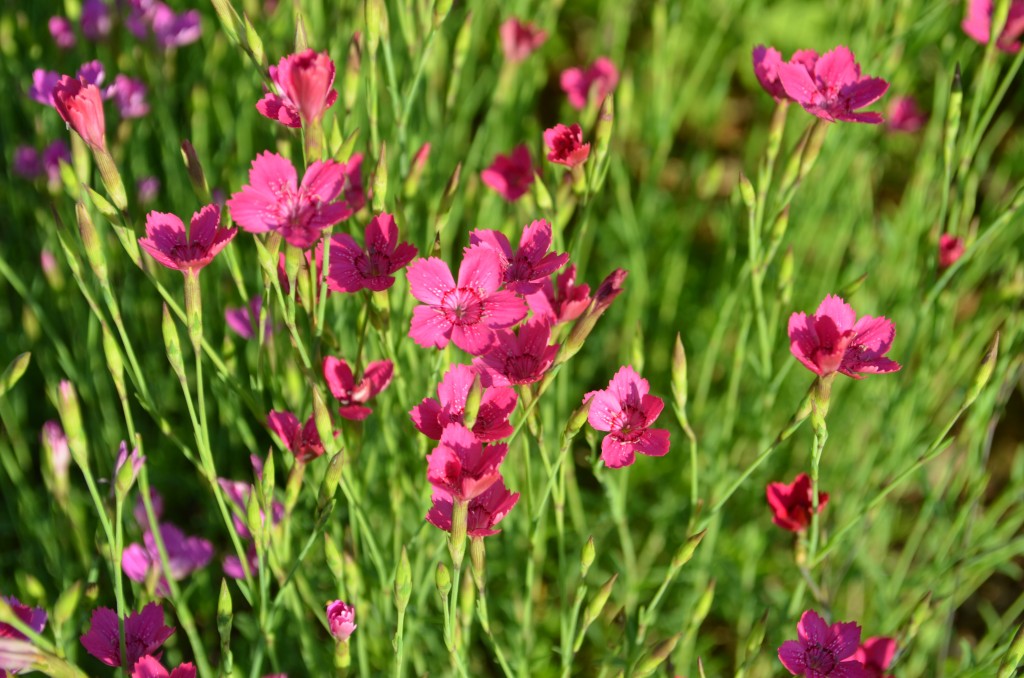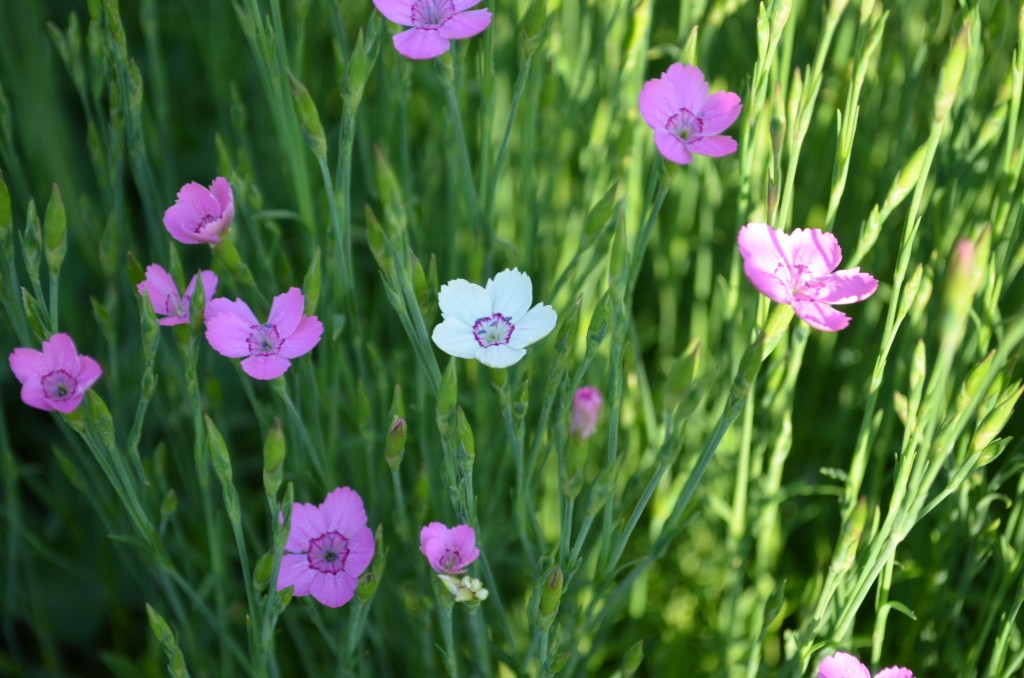Although clematis are most widely known as climbing vines, there are a large number of them that do not have any aspirations to reach the sky at all. You may think that makes them underachievers, but in reality that desire to stay close to the ground adds quite an unexpected dimension to the garden.
Some, like clematis durandii and clematis rooguchi, grow like a typical clematis vine, they just lack the modified stems ( called petioles) that reach out and grasp onto things to project themselves upward. They make useful long flowering ground covers but can also be tied up into shrubs or onto trellises if you prefer.( Photos courtesy of google image as mine are not blooming now nor did I bother to ever take a photo of them apparently.)

Another that grows in this way, but could not look any more different is clematis xheracleifolia ‘Mrs, Robert Brydon’. This clematis ,left to its own devices, will grow sort of up and out, kind of like a groundcover that hovers if that make sense to you.Its leaves are about twice as large as a typical clematis and look hydrangea-ish. I tie a few stems of one I grow up onto the fence so I can see the wonderful display of star shaped blue and white flowers up close and personal. I have a second one that I built its own berm for so it can cascade down, which is I think the perfect way to grow this variety.

I have also seen it used very effectively growing near the edge of raised stone wall where it could froth over the edge at will. I even saw a gardener on youtube that had tied the stems of her Mrs. Robert Brydon together at the base and the overall effect was that you were looking at a hydrangea bush .Very clever.
The best part of this clematis is the gorgeous large textured leaves that look healthy all season long, wait, no it’s the unusually colored blooms…no wait again, its the fact that it blooms in late August/September when the garden needs a lift. Well, I guess it is all of those things and more that make this clematis a wonderful garden addition. It is also very easy to propagate by cuttings which can not be said for most of its cousins.
A newer non climbing variety, a cross named ‘Arabella’ has an interesting twist. Unlike the other non viners it’s flowers are upwardly turned , smothering the plant with lovely purplish flowers that fade to pale blue. I have only had this plant for a year and can’t wait to see it fill out. It is blooming here for the first time this week amidst chives, a buddleia that is just leafing out and other assorted yet to bloom perennials.
Clematis integrifolia is a species that grows like a typical herbaceous perennial, dying back to the ground in the winter, then shooting up multiple stems of new growth in the spring. From these stems hang delicate little downward facing bells . The species is purple, but there are many other varieties including a pink called ‘Rosea” and a white that sports purply foliage in the spring called ‘ recta purpurea’. Most are about 2 feet high, but a few including ‘Fascination,’ which gets to about 5 ft, grow longer. This photo does not do it justice ( google it) it has’ fascinating’ nodding bells clearly edged in white piping and is a standout in the garden.
Integrifolia is ever so useful at the base of roses where there canes may be bare, in front of a shrub, or just thrown in a mixed border where it can be supported by sturdy neighbors ( think catmint or peony foliage). If it is grown without any support it will flop on the ground when it is in bloom, so either pea stake it, use peony rings, or grow it with other plants to help it stay upright.
Here is a close up of ‘Rosea’
as well as a wider shot of it in the garden where it is nestled between a spirea’ogon’ , a Rose of Sharon sporting a veil of clematis ‘Dr. Ruppel’ and a mix of other perennials.
All of the clematis mentioned here either die back to the ground on their own over winter or get cut to the ground in early spring making them easy to take care of. Any of them can be grown in sun to part shade and any of them with the exception ‘Mrs.Robert Brydon’, can be squished into the garden just about anywhere and provide you with a bounty of flowers popping out from unexpected places in the garden beds.

